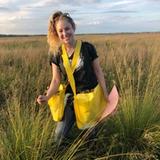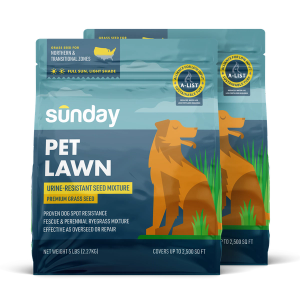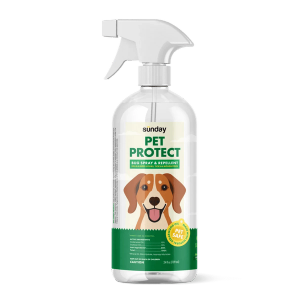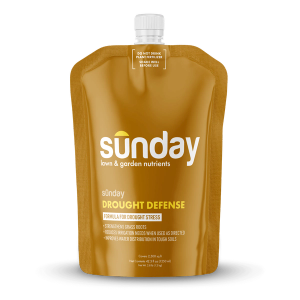There is a lot to love about a bird-friendly yard, even during the winter. Whether you are excited to see which species you can attract, hear the soothing sounds of birds singing in the morning, invite natural pest control helpers to your yard, or cultivate more wild space to offset habitat loss, these four simple tips will help you turn your backyard into a birdyard this winter.
Create a bird-friendly environment
Cultivating a bird-friendly yard is all about working with what you have. Leaves, twigs and branches provide much needed resources that birds can use to create their own safe shelter and hiding spots. While everybody enjoys a tidy yard, keep in mind that forest floors and wooded areas birds love aren’t neat. Leaving at least some of your yard’s natural debris during the colder months will make your backyard a bird sanctuary.
Sunday Tip:
During winter, local birds and migrating flocks will seek out backyards that offer natural shelter. Predator birds like Cooper’s Hawks have learned to hunt near feeders, so debris (like an old Christmas tree or loose stacks of branches) actually provides a safe harbor for your new feathered friends.
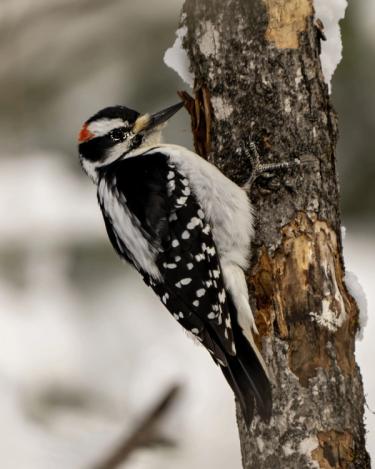
Invite the rhythmic tapping of woodpeckers to your backyard, creating a lively and dynamic atmosphere while they forage for pests.
Feed the birds in your yard
Food is always a quick way to make friends, and birds are no different. Selecting the right bird seed and feeders is a great way to attract birds all year long, but they are especially helpful during the winter. In the colder months, natural food sources can become scarce and many bird species rely more heavily on feeders. Providing birds with a high-fat energy boost is key. A birdseed mix that’s primarily black-oil sunflower seed or hulled sunflower seed will attract and feed the greatest variety of birds.
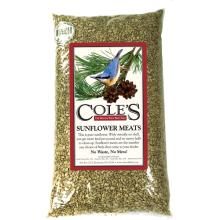
Cole's® Sunflower Meats Seed
- 5-pound bag of seed
- Whole-kernel sunflower meats (without shell)
- Appropriate for all feeders
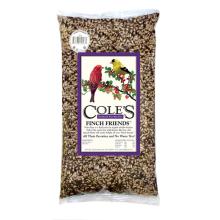
Cole's® Finch Friends™ Seed
- 5-pound bag of seed
- Ingredients: 100% sunflower meats, niger seed
- Dimensions: 3.5 x 14 x 26 inches
- Weight: 5 pounds
- Ready to use
- Designed for mesh tube feeders, or tube feeders with thistle inserts
Sunday Tip:
Check out Sunday picks for best bird feeders. There are many types of feeders, but to attract the greatest diversity of species, try a tube feeder. For smaller birds like finches try a mesh tube feeder designed for niger seed (commonly called nyger or thistle seed).
Provide a water source for birds
Depending on your climate, winter water can be hard to come by. Water, especially moving water, is one of the best ways to attract more birds. To ensure that your yard stays bird-friendly all year, provide a water source that doesn’t freeze.
Fountains and heated bird baths are great options, but you can also utilize a year-round bird dish or bird bath by regularly adding fresh water and placing a floating object in the water (like a tennis ball) that will help prevent ice from forming. Placing your bird bath in a sunny location can also help keep the water source usable and your new yard-mates splish-splashing all year long.
Sunday Tip:
Conserve water and attract birds by placing rain barrels near feeders can provide a source of fresh water during the winter months as the snow melts and new water collects on top of the barrel.
Grow better bird habitat
Birds can’t survive on bird seed alone. Just like us, they need a variety of different energy sources to thrive. In order to help cultivate better bird habitat a backyard needs to offer a diversity of plants, insects, and other animals. With Sunday, you can do this in a few simple ways.
- Grow better grass with fewer pesticides. Opt for Sunday’s Shade Select grass seed blend, and let it grow longer in some areas in your yard where you’re okay with some weeds. Insects will like the longer grasses, birds will appreciate the extra food, and the ecosystem will benefit from less pesticide use.
- Increased the variety of bird-friendly plants in your backyard. As soon as temperatures are right, plant from our selection of wildlife-friendly plants, flowering bulbs, and wildflower seed collections. Psst - go a step further and introduce native plants for increased bird benefits.
- Only use targeted pest control. Targeted and well-timed pest control in your home and non-bird areas of your yard can significantly reduce impacts on birds. Think of birds as pest control resources, and reduce applications on plants where birds forage, shelter, and perch.

Bring a splash of vibrant red to your winter garden with cardinals, the charming birds that add color and melody to chilly days.
Benefits of birds in your backyard
If you’re wondering “why birds?” - the answer is simple - birds improve our backyards and lawn ecosystems. Birds are pollinators that help our lawns and gardens grow, decomposers that help build rich soils, and predators of nuisance insects in lawns and yards. Most of all, birds are some of our first connections to the natural world, no matter where we live. They teach us (and our kids) so much about how nature works and why it’s important to care for and protect it.
Our mission at Sunday is to help everyone reimagine their backyard as an extension of their home – not just some grass that surrounds it. It’s a place to enjoy with your family and friends, play with your pets, get your hands dirty and create deeper connections to nature. And building a bird-friendly yard is just one great way to grow something better for your home this winter.
Cited Sources
Attracting Birds. National Wildlife Federation.
Bird your backyard. AgriLife Today, Texas A&M University Extension.
Gardening for Birds. Penn State University Extension.
Improving Habitats for Wildlife in Your Backyard and Neighborhood. University of Missouri Extension.


